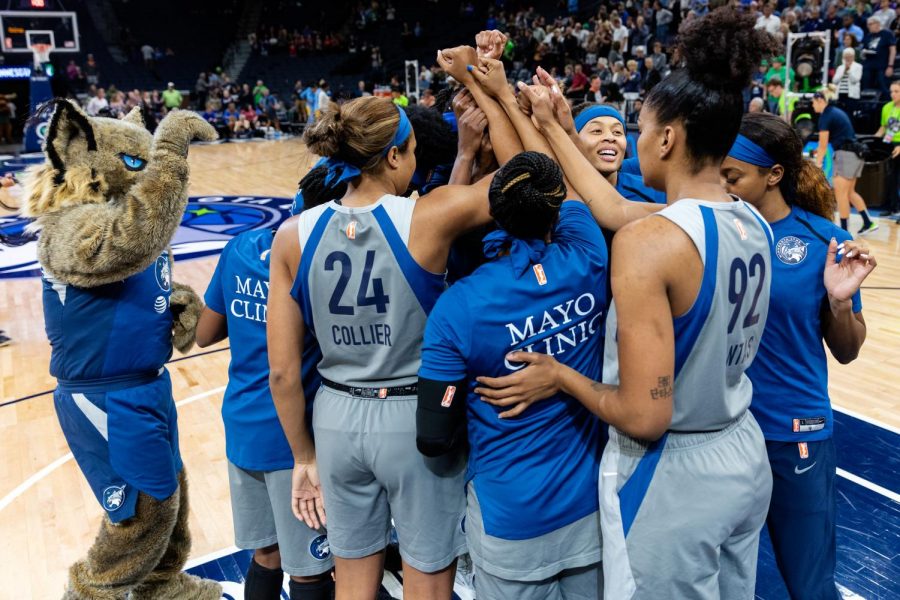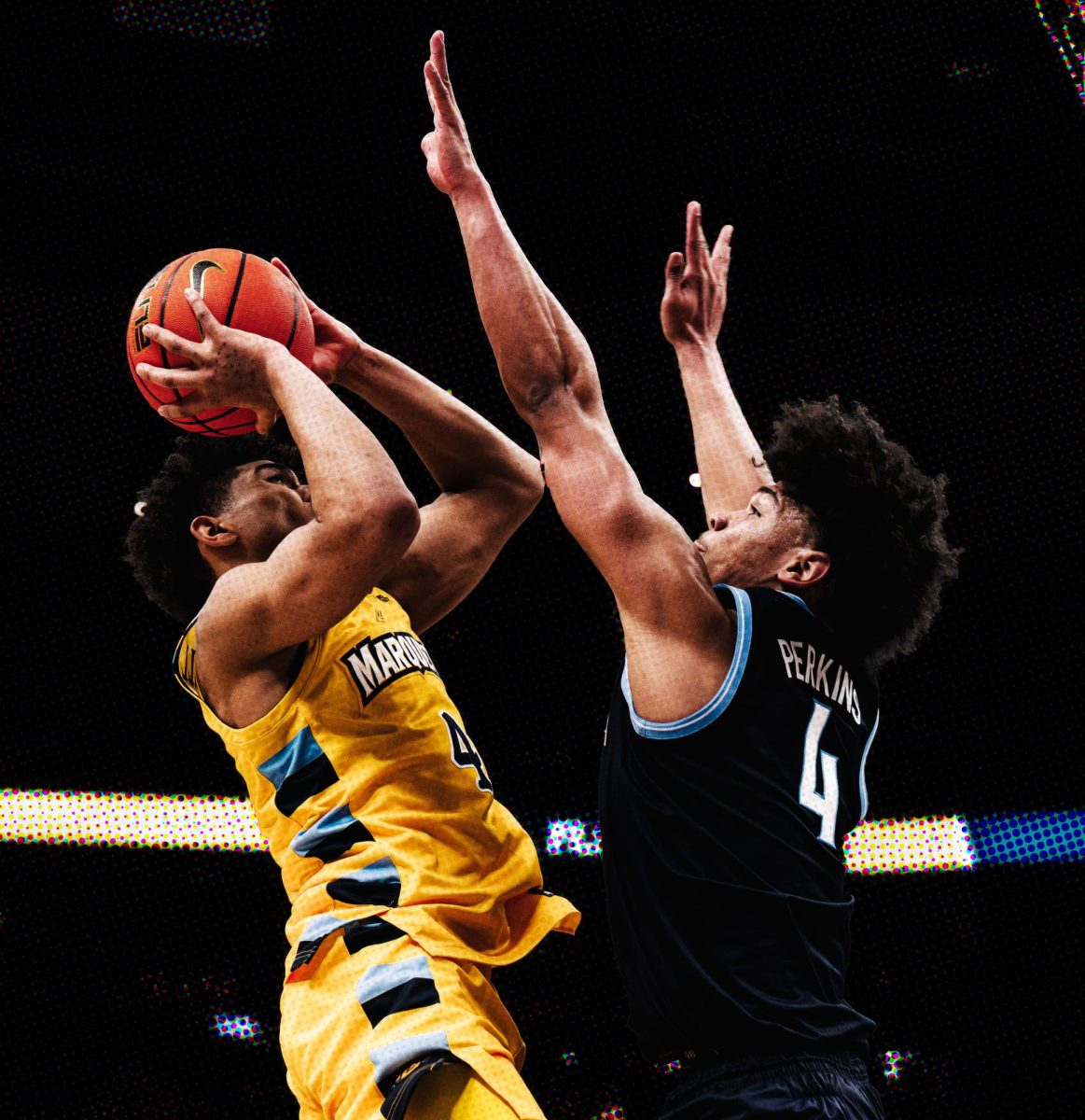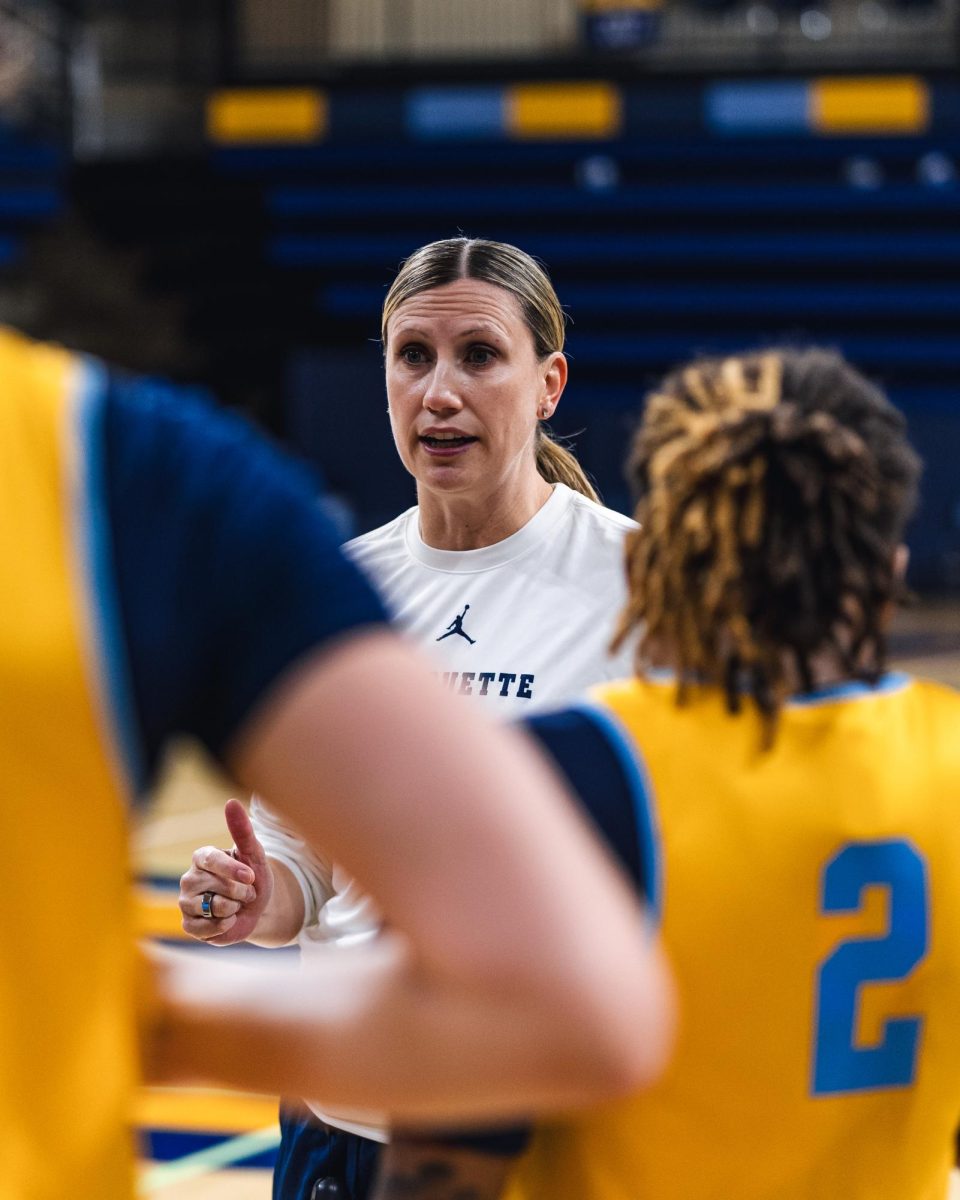October, arguably one of the best months for sports, is already underway. With the imminence of the NFL and NCAA football seasons, MLB playoffs and NBA and NCAA basketball seasons, other sports are often overshadowed.
Every year, October’s most overlooked sporting event is the Women’s National Basketball Association finals, and this year was no different. Sports networks like ESPN constantly report on almost every other professional sports league’s playoffs with very little coverage of the WNBA finals.
While systemic sexism does play a major role in the WNBA’s unpopularity, the league’s lack of exposure might also share some of the blame. During the 2019 regular season, the WNBA had only 5 games televised on basic cable as opposed to the NBA which averages about 5 basic cable games a week.
When it comes to professional sports, the perception that men are better than women at sports is evident in the United States and throughout the world to this day. Historically, women’s sports outside of the Olympics went against the traditional gender roles where women were expected to just be housewives. This didn’t change until the 1970s once Title IX was signed. Title IX states that “No person in the United States shall, on the basis of sex, be excluded from participation in … be subjected to discrimination under any education program or activity receiving Federal financial assistance.” This law led to a series of events that made women’s sports more mainstream, such as the first women’s NCAA basketball tournament in 1982 and the WNBA in 1997.
These creations did not eliminate sexist ideologies, however, as women’s athletics are still mocked and disregarded by the public. Across the U.S., the mere mention of the WNBA leads to sexist comments and criticism, most of which happen over social media through negative comments on major sports outlets’ posts. Other comments often state a lack of knowledge about the season, playoffs or even the championship.
Currently, the WNBA’s largest obstacle is a lack of notoriety and public support. Men’s sports teams have face recognition in their athletes through things like endorsements and interviews on nationally televised shows. WNBA athletes do not get these advantages to the extent of their male counterparts, making them relatively unknown.
When athletes have facial recognition from fans, there is larger game attendance. In the WNBA’s 2018 season, the three teams with the highest attendance all had at least 3 all-stars whereas the team with the lowest attendance had only one all-star. It seems that fans only care about the WNBA when their team is winning. This can be seen through the Minnesota Lynx during Game 5 of the 2017 finals, where it was estimated that over 136,000 people watched the game in Minnesota alone. Minnesotans watched their Lynx win their fourth title in the past decade, but, when the Lynx aren’t in the championship, attendance goes down.
In terms of national viewership, the WNBA is nowhere near the level of 2017 Minnesota. According to the WNBA, the first game of the WNBA finals amassed roughly 555,000 viewers, making it the second-most-viewed game in WNBA history. While these numbers do show a 39% increase since Game 1 of the 2008 WNBA finals, they are still very low. Compared to the WNBA finals, the NBA finals amassed an average of 15.1 million viewers per game.
While it may be unfair to compare the two leagues since the NBA’s popularity spans over 50 years and the WNBA’s spans only two decades, the WNBA finals’ viewership is low for any sport. Even the Premier Lacrosse League, which started its inaugural season earlier this year, is already approaching the WNBA finals’ record numbers during regular-season games alone.
Although this might be because it is the first season of the PLL, it is because PLL games are broadcast on NBC, a major basic cable network, rather than non-basic cable channels like ESPN2 and NBATV, which cost extra money to watch. Such non-basic channels host most of the nationally-televised WNBA games, including the finals.
As the numbers indicate, the WNBA’s popularity is slowly increasing. Despite the negative comments from keyboard warriors on social media, people want to see these games, especially if their area has a team. The WNBA could be more popular, but it currently isn’t because games aren’t available for everyone. Non-basic cable channels own the WNBA’s broadcasting and it is unfair for the consumer to pay more money to watch a WNBA game when they can watch an NBA game on a channel they already get with regular monthly cable fees.
The networks themselves have the power to help change public prejudice against the WNBA, and until they are willing to actively support and promote the league, the WNBA will always be at the bottom of the sports hierarchy.








